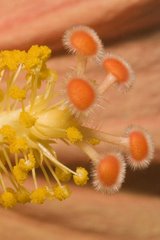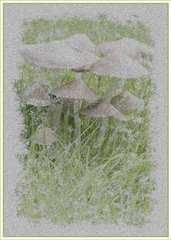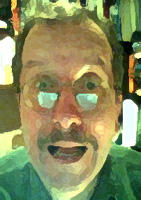

These photographs were taken on February 2nd 2007 in Carlton Wood, right behind our house. They show a group of three Rose-ringed parakeets settled in the trees. To my knowledge this is the first sighting of these birds in the area (unless you know different). They stayed all day and were seen in the area until sundown.
These parakeets are fairly sedentary so I hope they stay around and perhaps breed here!
The Rose-ringed Parakeet (Psittacula krameri), also known as the Ring-necked Parakeet, is a gregarious tropical parakeet species that is popular as a pet. Its scientific name commemorates the Austrian naturalist Wilhelm Heinrich Kramer.
Ring-necked parakeets are long-lived, and nest in holes in trees. There is no record of their presence impacting on native birds, but the RSPB is monitoring areas where these birds have settled
In the wild, Rose-ringed Parakeets usually feed on buds, fruits, vegetables, nuts, berries and seeds. Wild flocks also fly several miles to forage in farmlands and orchards causing extensive damage
Ring-necked Parakeets first bred in England 1969.
The smooth, non-glossy white eggs are about 30 mm by 23 mm. The female incubates the eggs by herself. After the young hatch, they are fed by both parents.
The European populations became established during the mid to late 20th Century from introduced and escaped birds. There are two main population centres in Britain: the largest is based around south London, Surrey and Berkshire, and by 2005 consisted of many thousands of birds. A smaller population occurs around Margate and Ramsgate, Kent. Elsewhere in Britain, smaller feral populations have established from time to time (e.g., at Studland, Dorset).
They are slowly spreading from their southern stronghold and are now seen as far north as Sheffield and Leeds; a pair nested and possibly bred in Sheffield in 2003
The Rose-ringed Parakeet is considered one of the best talking parakeets and can learn a vocabulary of up to 250 words. The speech clarity can be pretty amazing and they have a habit of practising until perfect and then shocking their owners with an accurately uttered word. Now these birds come in many mutations, including the common green, blue, grey among many other colours.











